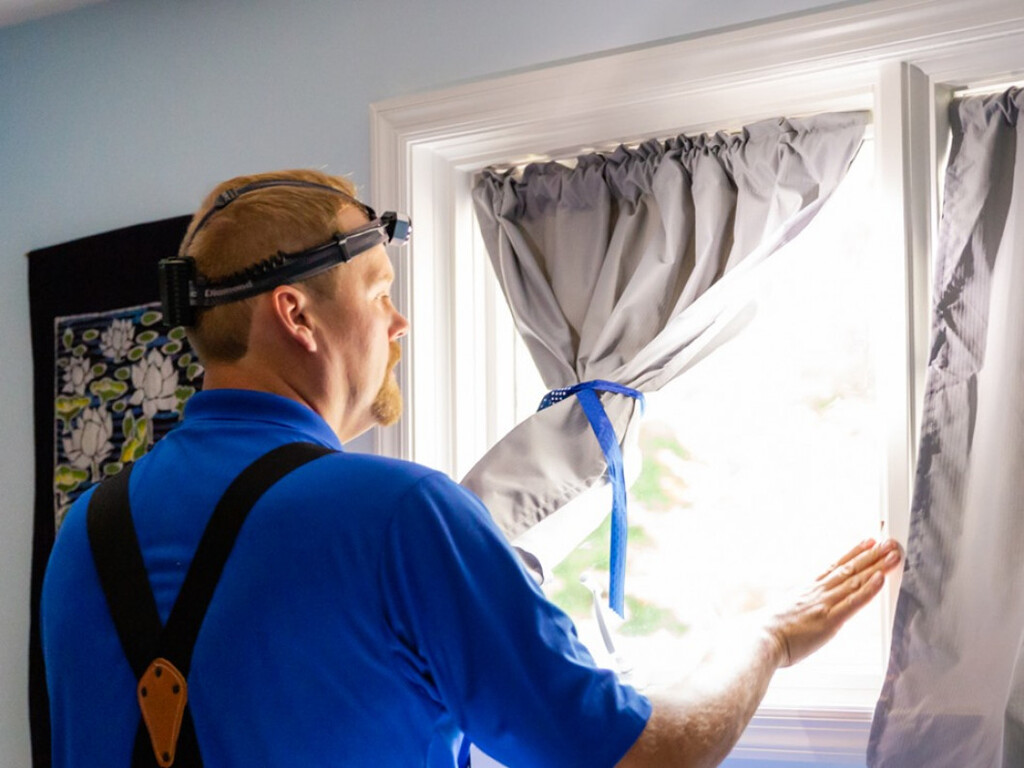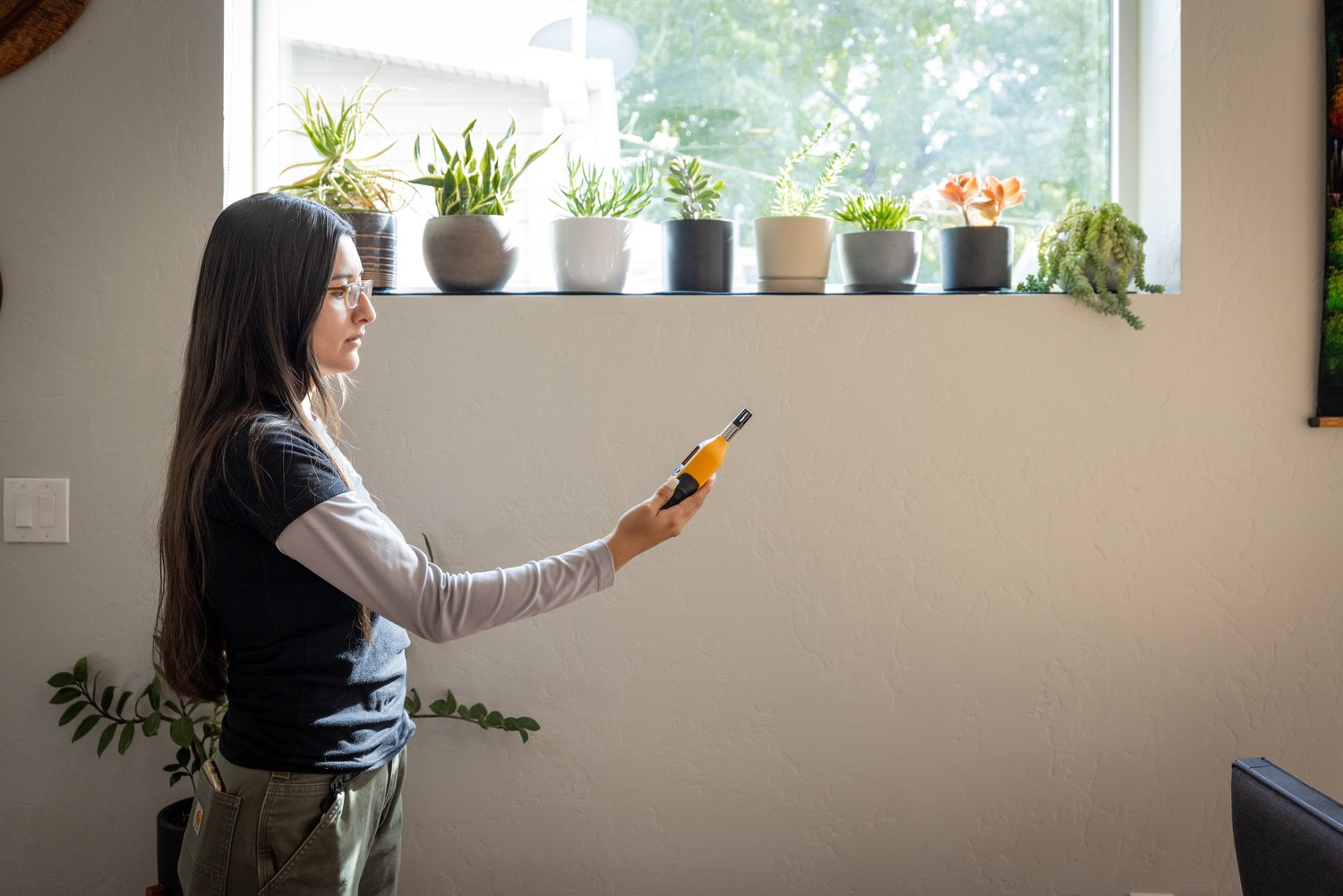Mycotoxin testing Services: A Trick Element in Threat Management Methods
Mycotoxin testing Services: A Trick Element in Threat Management Methods
Blog Article
How Mycotoxin Testing Helps Stop Contamination and Guard Food Materials

Mycotoxin testing is an essential practice in the food sector, acting as a frontline defense versus contamination by damaging contaminants generated by mold and mildews. Through the application of innovative strategies like High-Performance Fluid Chromatography (HPLC) and Fluid Chromatography-Mass Spectrometry (LC-MS), food producers can accurately quantify and detect mycotoxin degrees in agricultural items. This positive method not only makes certain conformity with rigid security laws yet also minimizes wellness threats to customers. In addition, regular screening strengthens brand track record and economic health by decreasing contamination-related occurrences. How exactly do these screening methods incorporate into the wider food security strategy?
Comprehending Mycotoxins
Comprehending mycotoxins starts with identifying that they are harmful secondary metabolites produced by certain molds, which can contaminate farming products. These metabolites are not important for the development or recreation of the fungi yet can have extreme implications for animal and human health and wellness. Mycotoxins are typically found in staple plants such as corn, wheat, barley, and nuts, where they can multiply under specific problems of wetness and temperature.
There are numerous sorts of mycotoxins, each generated by different fungal species. Aflatoxins, produced by Aspergillus species, are amongst one of the most notorious, known for their cancer causing properties. One more substantial team consists of ochratoxins, generated by Aspergillus and Penicillium varieties, which have nephrotoxic impacts. Fusarium varieties create fumonisins and trichothecenes, both of which are linked with numerous severe and persistent wellness issues.

Threats of Mycotoxin Contamination
The dangers of mycotoxin contamination are diverse, posing significant dangers to both food security and public wellness. Mycotoxins, toxic substances produced by specific kinds of fungis, can pollute a wide variety of agricultural items including cereals, nuts, seasonings, dried out fruits, and coffee. When these toxins penetrate the food supply, they can cause significant health and wellness issues such as liver damages, kidney failing, and also cancer. At risk populations, including youngsters, the senior, and immunocompromised people, are specifically in danger.
Economic influences are one more major problem. Polluted plants can result in considerable economic losses for farmers and food producers due to decreased yields and the demand for pricey decontamination measures. International trade can be substantially impeded as countries implement strict mycotoxin regulations to safeguard their populations, leading to denied shipments and stretched trade relations.
Ecological aspects such as climate modification aggravate the threat of mycotoxin contamination. Variations in temperature level and humidity can develop favorable conditions for fungal development, enhancing the possibility of contamination events. Hence, understanding and minimizing these threats are vital for ensuring the security and honesty of international food products.
Approaches of Mycotoxin Examining
Accurately determining mycotoxin contamination in agricultural products is crucial for securing public wellness and maintaining food safety standards. Different approaches are employed to find and quantify mycotoxins, each offering certain benefits and restrictions.
High-Performance Liquid Chromatography (HPLC) is a commonly made use of method due to its high sensitivity and accuracy. It includes separating mycotoxins from other substances in an example, enabling accurate metrology. Likewise, Liquid Chromatography-Mass Spectrometry (LC-MS) integrates liquid chromatography with mass spectrometry to offer thorough molecular details, making it especially useful for determining multiple mycotoxins simultaneously - Mycotoxin testing Services.

Gas Chromatography-Mass Spectrometry (GC-MS) and Thin-Layer Chromatography (TLC) are additionally utilized, each with distinct applications. GC-MS works for unstable mycotoxins, while tender loving care supplies a simpler, cost-efficient option for preliminary testing.
Advantages of Routine Evaluating
Normal testing for mycotoxins in agricultural items uses various advantages, substantially adding to public health and wellness and food safety. By identifying contamination early, routine screening helps protect against the distribution of toxic foods, therefore minimizing the risk of mycotoxin-related health problems amongst customers. This aggressive method look at this web-site not only safeguards human health and wellness but also enhances the general high quality of food products.
Various countries and regions have actually developed stringent restrictions for mycotoxin levels in food and feed. Sticking to these restrictions with routine screening guarantees that producers and distributors fulfill legal criteria, therefore staying clear of charges and trade obstacles.
Furthermore, regular mycotoxin screening can bring about considerable financial benefits. Early detection of contamination allows for timely intervention, minimizing possible losses from extensive contamination. Applying routine testing protocols can also minimize recall prices and relevant liabilities, which can be financially ravaging.
Moreover, normal screening supplies beneficial data that can notify better farming methods and storage problems. By understanding patterns of contamination, producers can take on safety nets, thus adding and decreasing future dangers to the sustainability of the food supply chain.
Applying Testing Procedures
Carrying out efficient mycotoxin screening procedures is crucial for making certain the safety and security and high quality of agricultural items. reference Each stage needs to be scrutinized to identify where mycotoxin contamination is most likely to take place.
As soon as essential control factors are determined, selecting suitable testing approaches is essential. Common methods include enzyme-linked immunosorbent assay (ELISA), high-performance liquid chromatography (HPLC), and mass spectrometry (MS) Each method has its strengths and weaknesses; therefore, picking the right one depends on the particular mycotoxin being evaluated, the needed level of sensitivity, and offered sources.

Finally, integrating the screening procedures right into a comprehensive food security administration system is suggested. This enhances traceability and enables swift rehabilitative actions when contamination is discovered, thus protecting the stability of the food supply chain.
Verdict
Mycotoxin screening is necessary in avoiding contamination and securing food supplies by making it possible for early discovery of unsafe contaminants generated by molds in farming products. Normal screening boosts brand online reputation, financial security, and count on in food safety by decreasing contamination-related losses and keeping high standards in food manufacturing.
Mycotoxin testing is a vital technique in the food industry, offering as a frontline protection versus contamination by unsafe contaminants produced by mold and mildews. An incorporated approach involving agricultural methods, storage monitoring, and regular testing can reduce the risks connected with mycotoxin contamination, making certain food safety and security and public wellness.
The dangers of mycotoxin contamination are diverse, posturing significant dangers to both food security and public health.Normal screening for mycotoxins in farming items provides numerous benefits, substantially adding original site to public health and wellness and food safety.Mycotoxin screening is crucial in preventing contamination and protecting food supplies by allowing very early detection of damaging toxic substances produced by molds in farming items.
Report this page